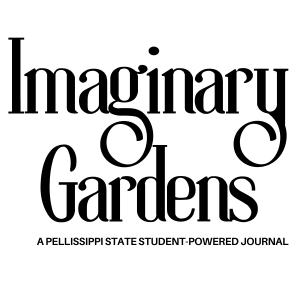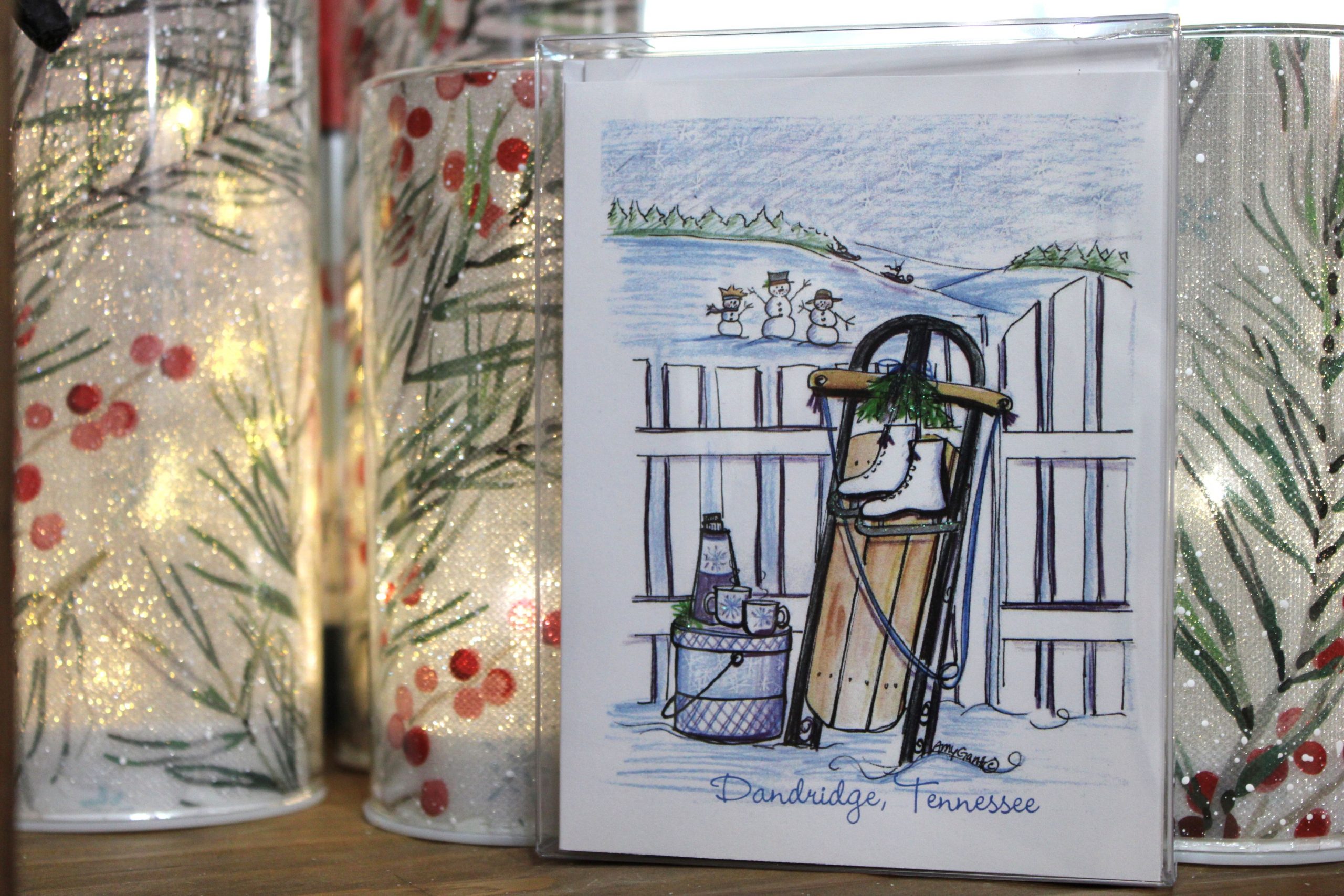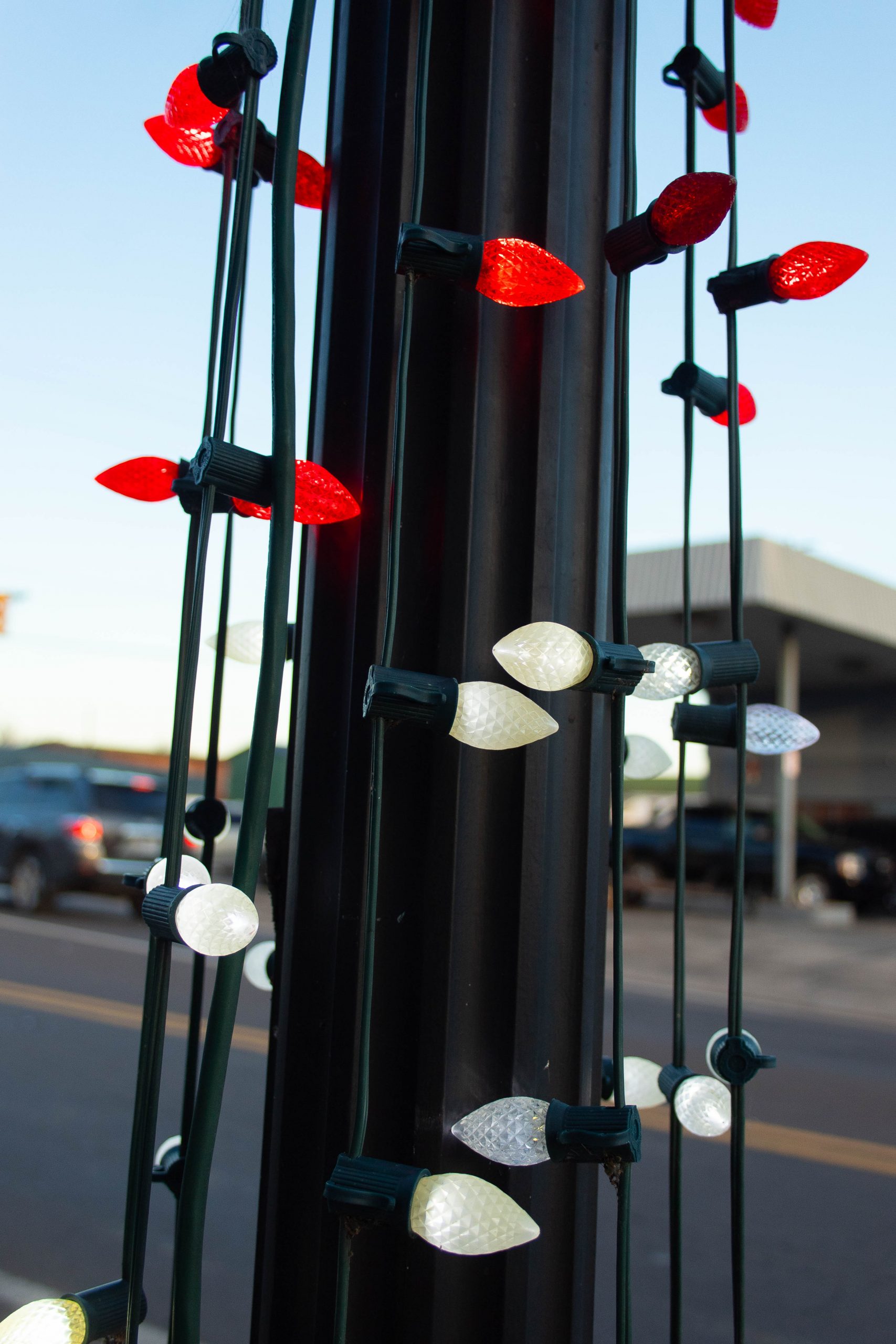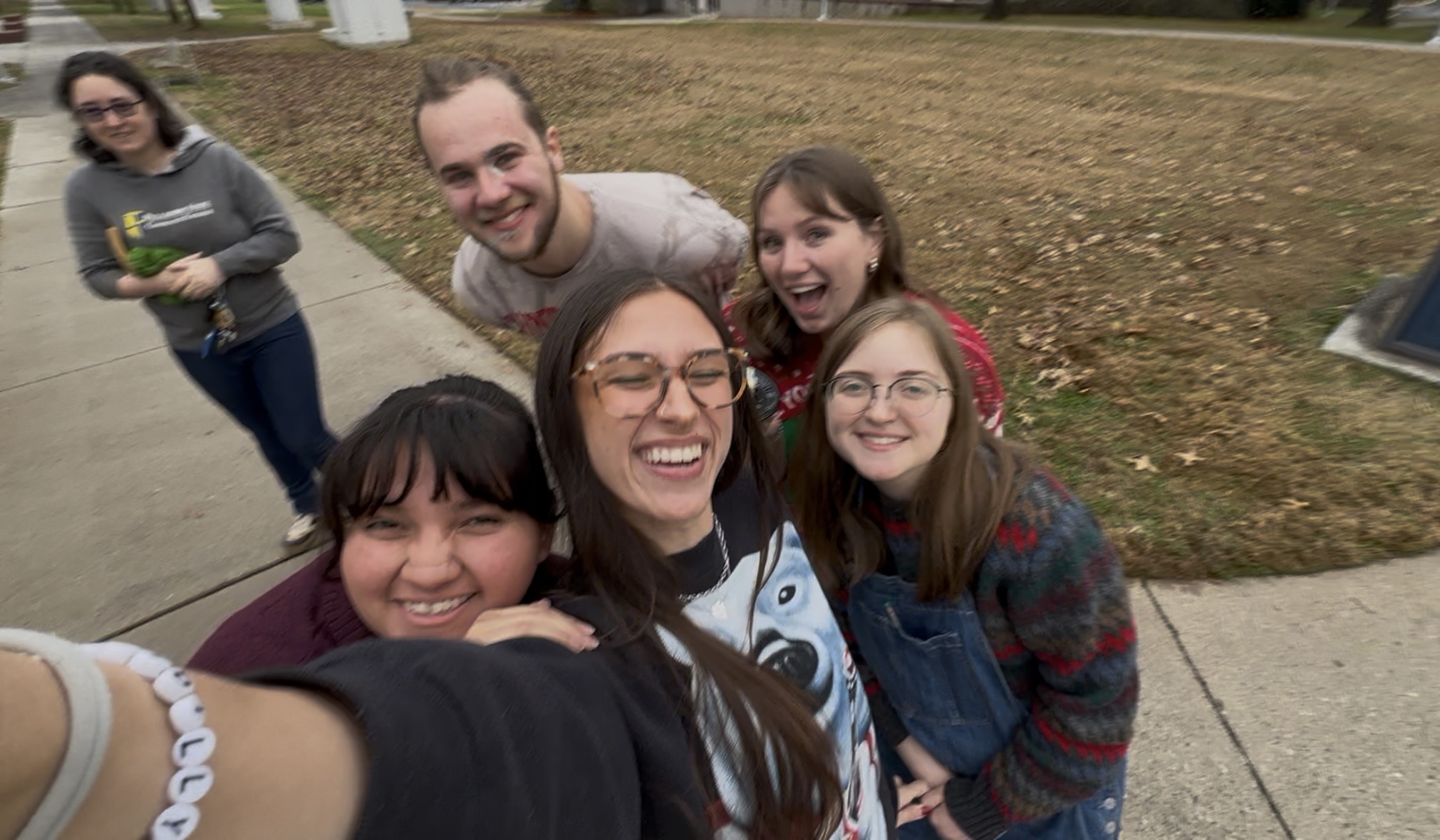By Charlie Dobyns, Science Writer
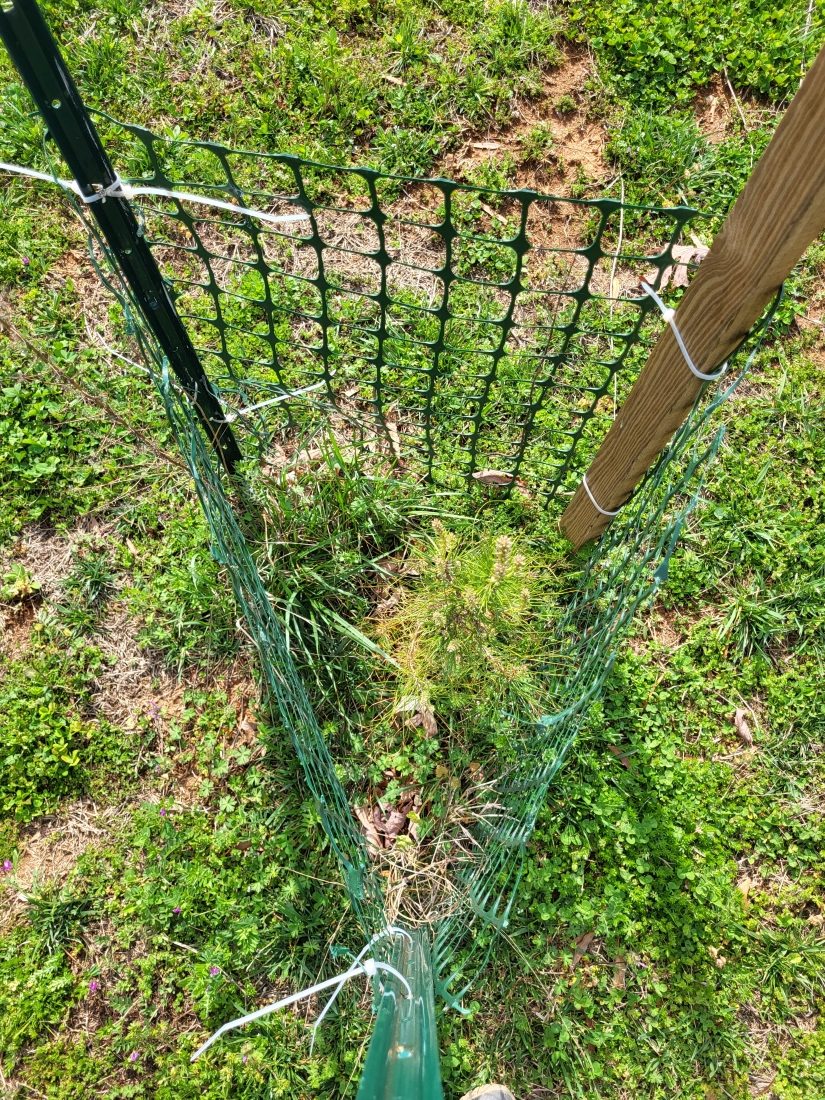
On Pellissippi State’s Blount County campus there stands a tree. This tree, a juvenile loblolly pine, appears unremarkable at first, standing no more than three feet tall. What makes this tree incredible are its origins; it was part of the Artemis Moon Tree program, a joint effort between NASA and the U.S. Forest Service to determine the effects of deep space on seed germination.
The mission began in 1971 with roughly 500 seeds loaded on the Apollo 14 shuttle. Upon return to earth the seeds were disbursed to schools, government offices, and parks across the country to germinate and grow.
Over the years, this project was widely forgotten by those at NASA and the U.S. Forest Service. No data was ever published based on the trees and it’s practically impossible to find any evidence of studies done after the seeds were sent out to recipients.
When NASA announced the Artemis program as a return to lunar exploration and discovery, the decision was made to restart the moon tree program. In 2022, the seeds of five species of trees were flown to the moon and back and then distributed to schools, libraries, parks and varying institutions across the country. Out of over 1000 applications for institutions to receive a moon tree, Pellissippi State was one of about 230 recipients, granting the school the title of an Artemis I Moon Tree Steward.
Pellissippi State English teacher and Exploratory Career Community Coordinator, Keri Withington, played an instrumental role in bringing the moon tree to the school. From the initial grant proposals, to communicating with NASA, to helping to determine where it would be planted, Withington played a hand in every step of the way.
Withington refers to the moon tree as an “interdisciplinary opportunity,” meaning it has value to the school as a whole for multiple areas of study as opposed to just being for one group of students. When talking with her, she spoke about how NASA has opportunities not just for future scientists, but also for those going into marketing, communications, and a wide variety of other areas.
The Blount County campus was chosen to be the home for the moon tree because of its proximity to the forestry programs. Not only are the faculty working there the most equipped to care for this tree, but it also serves as a powerful learning tool for those developing a working knowledge of forestry and plant sciences.
When talking about why Pellissippi State was chosen as a moon tree steward, Withington explained, “A lot of the institutions that applied are private institutions… their students or faculty are going to see it.” She then went on to elaborate that as a public institution, Pellissippi State has the opportunity to do a lot more community outreach regarding the tree. This outreach can be instrumental in getting kids and the community to care about not only the work that Pellissippi does, but the work that scientists are doing all around the globe.
Being a moon tree steward is not just about housing and caring for a tree. Being a steward is about readily sharing information, inviting curiosity, and cultivating a passion for knowledge, research, and education.
On May 13, Blount County Campus Dean Anna Graham will be welcoming a group of 700 seventh-graders to the school, where they will learn about the school, the moon tree, and the work done to bring it here. Outreach like this can play a pivotal role in shaping the educational trajectory of young children, showing them that real science is not only exciting, but also attainable.
Many children grow up feeling that scientists are all aspirational figures with super-genius intelligence. They see scientists in a fictionalized sense, almost like rock stars and superheroes; to them, science doesn’t feel like something that just anybody can do. The truth of the matter is that every astronaut, physicist, and scientific trailblazer was once a child looking at the world with a special sense of curiosity that only children are capable of.
The phrase “every child is a scientist” refers to a child’s special ability to ask big questions about seemingly mundane aspects of life. As children begin to grow, unfortunately, this ability seems to dwindle. Children begin being tasked with conformity and tend to be put along rigid pathways of what is deemed the right way to learn. It is only the few that hold onto their childlike curiosity that grow up to pursue science. Opportunities like these help children see science as attainable and fosters that sense of curiosity in children.
Outreach projects, like the ones Pellissippi is currently pursuing, are a type of scientific communication, or sci-comm. Sci-comm plays an important role in bridging the gap between experts in a field and non-experts who want to learn more. While seen as a form of entertainment, it is also an incredibly important tool for education of the masses.
To properly read scientific literature requires a level of training that many do not receive until in college-level courses, if ever. In a nutshell, it is not accessible for the layperson. There is a requirement for scientists and researchers to communicate with each other to convey ideas accurately and precisely, but it is an inaccessible tool in aiding non-experts in understanding these ideas. This is where sci-comm comes in.
Sci-comm communicates ideas to the masses. One of the tenets of sci-comm is taking high level ideas and communicating them enthusiastically, concisely, and without condescension.
For example, it may not be important to a non-expert to know exactly how the chemical compounds present in a river pollutant affect the physiology of a specific fish found in that river environment. But it is very important for them to know that a river being polluted is harming the local ecosystem, and that there are actions they can take to enact positive change.
With a budding culture of scientific misinformation, it is important for the layperson to have a background of understanding of the scientific process. There seems to be an egregious misunderstanding of health sciences and how different foods and medicines affect one’s body. With medical advice available at the tap of a screen, it is becoming more and more crucial to have the skills necessary to discern between pseudoscience and real, thoughtful, and ethical research.
As Pellissippi State further pursues outreach, it doesn’t just inspire future scientists; it emboldens students and visitors to seek out opportunities to further educate themselves on the topics they care about. Initiatives like the moon tree cement Pellissippi State as a pillar within the community and as a valuable stepping stone in one’s educational pathway.
